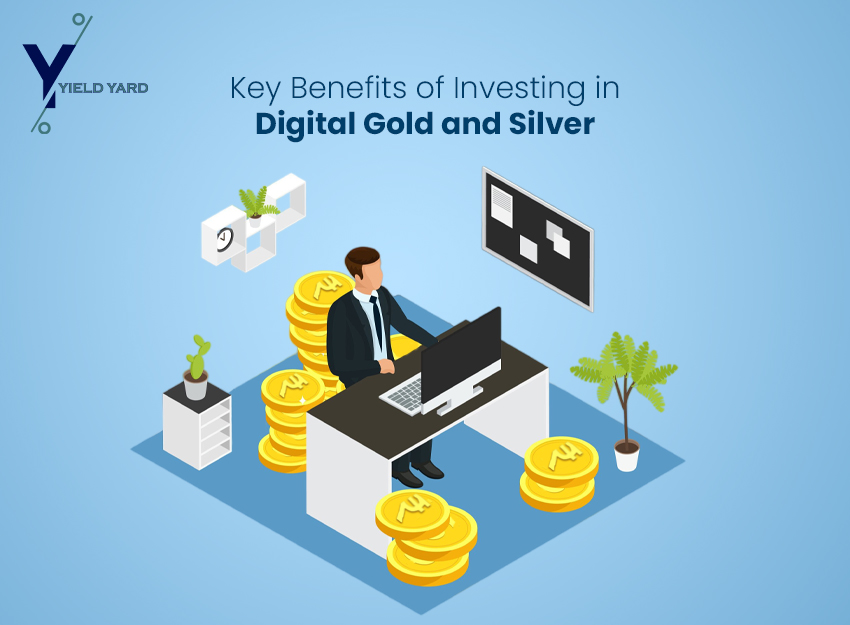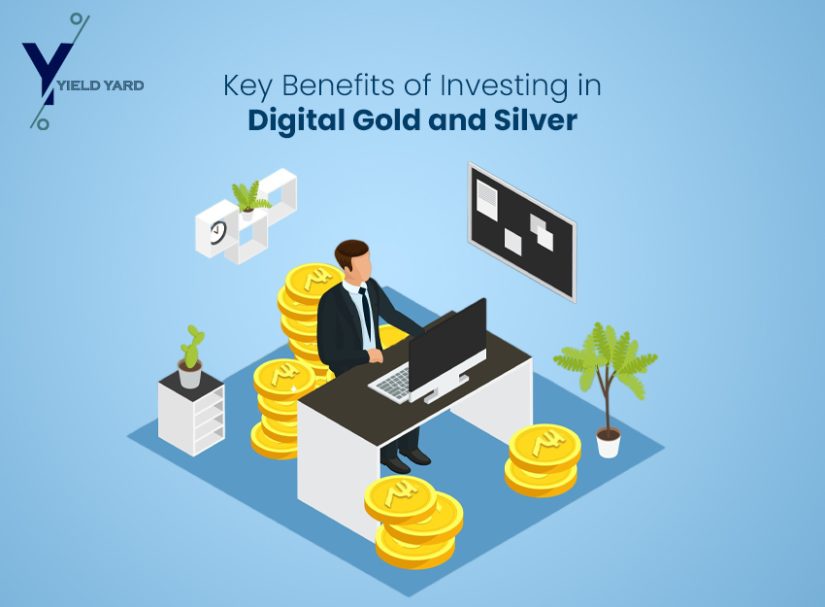
**Who Gains from Gold and Silver in the Present Day?**
Gold and silver have retained both intrinsic and monetary value throughout history, acting as currency, stores of value, and industrial resources. In today’s interconnected economy, with rising inflation concerns and fluctuating currencies, both individuals and institutions are increasingly drawn to precious metals for safeguarding wealth and investment prospects. But who truly reaps the benefits from gold and silver in contemporary society? The answer lies within a broad and intricate web of stakeholders—from miners and refiners to financial bodies and investors. Let’s delve into the primary players and individuals who gain the most from the gold and silver market today.
### 1. **Mining Enterprises**
At the heart of gold and silver extraction are mining enterprises. These organizations excavate precious metals from the ground and market them on a global scale.
– **Leading Mining Firms**: Well-known companies like Barrick Gold, Newmont Corporation (gold), and Pan American Silver (silver) earn considerable profits from selling extracted metals at prices that often exceed their production costs. Their profitability is greatly influenced by commodity prices, operational efficiency, and the political climate of mining regions.
– **Junior Miners**: Smaller or exploratory companies can yield significant profits if they identify new mineral deposits or establish effective mining operations. However, the financial rewards for these firms are more speculative and carry higher risks.
### 2. **Precious Metals Refiners and Manufacturers**
Once mining is complete, raw ore must be refined into pure gold or silver. Refining companies convert ore into bullion bars, coins, or industrial-grade granular metals utilized in electronics and manufacturing.
These enterprises typically earn a margin by levying fees on the refinement process and may gain from market changes through strategic hedging and trading operations.
### 3. **Bullion Distributors and Merchants**
Bullion dealers serve as intermediaries, providing gold and silver to investors in the shape of coins, bars, or various products. These dealers profit through:
– **Markups Above Spot Prices**: The “spot price” signifies the current market value. Dealers apply markups, especially on highly demanded products such as government-issued coins (e.g., American Gold Eagles or Canadian Silver Maples). These markups can vary from a few percent to over 20%, depending on demand, mint, and economic factors.
– **Buy/Sell Differentials**: Dealers also benefit from the disparity between the price they pay to acquire metals and the rate they charge customers.
### 4. **Exchange-Traded Funds (ETFs) and Financial Entities**
Financial instruments backed by gold or silver have gained immense traction for investors seeking exposure to precious metals without physical ownership.
– **ETFs such as SPDR Gold Shares (GLD) or iShares Silver Trust (SLV)** manage substantial bullion assets that reflect the price performance of gold and silver. These funds generate income through management fees, which may appear small (roughly 0.25% to 0.50% annually) but accumulate significantly with total assets under management.
– **Banks and Brokerage Firms**: Financial institutions provide various gold and silver derivatives, including futures contracts or certificates. They profit from trading spreads, custody fees, and occasionally from proprietary trading activities.
### 5. **Central Banks and National Governments**
Central banks maintain extensive reserves of gold and, to a lesser extent, silver. They gain advantages in multiple ways:
– **Stabilizing Reserves**: Gold acts as a safeguard against currency depreciation, serving as a stabilizing asset during times of geopolitical and financial uncertainty.
– **Asset Value Increase**: As the value of gold rises, so does the worth of a central bank’s reserves—enhancing the country’s economic strength on its balance sheet.
Governments also earn revenue by minting and selling gold and silver coins at prices above their melt value (known as seigniorage), especially for collectible and limited-edition pieces.
### 6. **Individual and Institutional Investors**
Individuals often seek gold and silver as “safe haven” investments, particularly during periods of inflation, falling stock prices, or geopolitical unrest.
– **Retail Investors**: Small-scale buyers can gain by acquiring physical bullion or mining stocks and selling them when prices appreciate. This category also includes numismatists—collectors profiting from rare and antique coins made of precious metals.
– **Institutional Investors and Hedge Funds**: These large-scale investors manage significant portfolios, frequently allocating a portion to gold and silver as a diversification or inflation-hedging strategy. They can capitalize on price movements through physical assets, ETFs, derivatives, and mining stocks.
### 7. **Industrial Consumers**
While they may not “profit” in the same manner as traders or miners, industrial users—particularly in the technology, medical, and energy sectors—utilize silver, and to a lesser degree, gold, in products such as solar panels, electronics, and dental applications.
– **Industrial Demand for Silver**: With over half of global silver usage directed toward industrial applications, companies dependent on silver efficiency may see “profit” in an indirect manner when prices rise.
